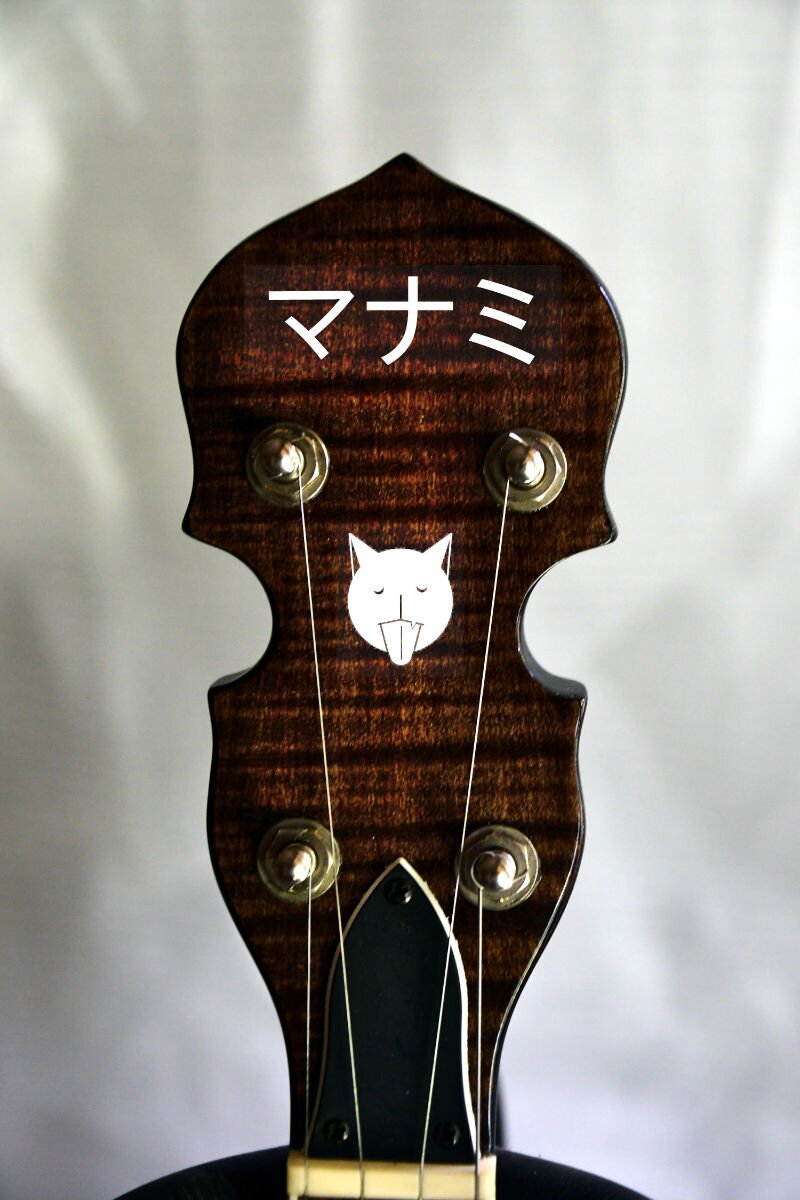
It hit me like a bolt of lightning last week, as I saw the OPEC logo flash on the television screen. It is, at best, a doodle and not a very good one at that.

The thought had been simmering in my mind — “cogitatin’” as an old friend put it years ago — since I first saw the ridiculous NATO logo. This comprises a four-pointed star of the sort drawn by every third-grader, along side the letters “NATO” over the letters “OTAN,” or “NATO” backwards. It does not strike me as something sufficiently sophisticated to characterize as an idea.
I have no doubt that the offenders who designed these things were paid handsomely for their abuses. I know someone who designed a logo for a small but thriving company. Her vision comprised the original name and address block the company had always used, only now she had scribbled on it with a red crayon. This is a fact. She billed the company $700 and was paid it, too. Given that her expert work had included 30 seconds of thought (half of that, probably, devoted to whether she could get away with it) and two seconds of execution, her hourly rate was about $80,000.
When I saw the OPEC logo, which is primarily four circles with bites taken out of them here and there, I realized how it came to be: The person assigned to design the logo was experiencing his or her first job that involved a computer drawing program.

I have some recent experience in this myself. After making the long-neck banjo excruciatingly described in this space, I undertook another one, at the other end of the scale (so to speak). For this one, I used the tiny pot from an appropriately named 1924 Vega “Little Wonder” banjolin, or banjo-mandolin, that I had sitting around. Banjolins aren’t good for much, but some people buy them before they’re convinced. I have several, most of which I’ve converted to useful banji. (“Banji” is the correct plural of “banjo,” as far as I’m concerned.)
Because the pot is small, just 10 and a quarter inches in diameter, I needed to fit it with a short neck or the thing would look silly and would be out of balance when held. After the long-neck experiment (which it turned out I don’t much like to play), I realized that there is a balance needed in banjos between head and neck. Sound follows visual aesthetic: A big pot and a short neck looks silly; a little pot and a long neck, ridiculous. The little pot needed a short neck, and I didn’t have one. Fortunately, I was able to find just the right neck, or close to it, on the scratch-and-dent pile of a leading importer of Chinese-made banji. A normal banjo scale — the distance from the nut at the top of the neck to the bridge on the head — is between 25 and 27 inches. This neck produced a scale length of just under 20 inches.
I’ll not go into detail, much as I’d enjoy it, but the process began with my sanding the name and phony inlay off the peghead. This meant sitting on the back stoop with sandpaper of progressively finer grades, inhaling the fine dust of the plastic in which the Chinese and some others insist upon encasing their stringed instruments. Then I had to use vinegar and steam to loosen the hide glue that held the dowel stick (a piece of wood that runs from the end of the neck to the far side of the pot, through the pot) in the old banjolin neck. I could have just split the old neck, and have resorted to that in the past, but I wanted to preserve the old neck in case some insane person someday buys the thing from my descendants and wants to return it to its original ignominy.
Then it was a dozen coats of lacquer on the peghead (so it would look as if it’s still coated in plastic), then drilling the hole for the dowel stick — there is an art to this; I am not a master of that art but instead have very good luck — and gluing the old dowel stick into the new neck.
Since I mentioned hide glue, let me tell you a little bit about it. It is, really, the industrial-strength Jello that has for centuries held our violins, guitars, and banjos together. Seriously. The collagen-bearing parts of various animals are cooked up, with the liquid drained off and desiccated. When one wants to use it, a small amount is mixed with an even smaller amount of hot water and the stuff is dissolved. Purists say it should then cool overnight and reheated the next day for the strongest bond, but in my experience dowel sticks would benefit from weaker rather than stronger glue-ups, so I just cooked it up and used it. Well, after thickening it with some of the sanding dust from the dowel stick fitting, which makes a better joint, I think.
Through the luck I mentioned above, it went perfectly. I gave the hide glue a full day to dry, which was probably unnecessary, but I was procrastinating. The recurring dread had set in: what if it sounds awful?
I have a room upstairs that I call the banjo locker. It has a lot of banji in it, yes, but also the sometimes-misbegotten answers to a question that often motivates me: “I wonder what it would sound like if you . . .?” The answer is sometimes, “Well, turns out it would sound just terrible.” Sometimes it’s, “Hmmm, better than I guessed.” Mostly it’s “Oh. Just as you’d expect. Wonder if there’s anyone who has a need for that particular sound.” New trails bring beautiful overlooks, but they also bring sprained ankles and hungry bears. Which would this be?
After having strung up the new little banjo and finding a bridge of just the right height, it came time to tune it up and play it. The head, a Joseph Rogers Daisy Brand from about 1940, was a little problematic because it is unusually subject, even for a skin head, to changes in humidity. So I had to retune a few times before it settled in enough to play. It hadn’t been under tension since I bought the banjolin 15 years ago and probably for decades before that.
The first piece I’d play, I thought, would be “Ashita ga Arusa” a very cute song (about stalking, now that I think about it) made famous by Kyū Sakamoto though my very favorite version and I think the best version possible was performed by Goose House. (Sakamoto was extremely good, and Goose House has done well by songs he recorded, the prettiest of which — it made me tear up and I can’t even understand the words — is “Kokoro no hitomi.” I listen to both of those songs before I go to sleep. If there’s going to be a song swimming in my head during the night, I want it to be one of those.) So I fired up the teevee, turned up the volume a bit, and grabbed the new little banjo.
And got amazed. I played along with them (well, until they changed keys, but then again when they came back to C). It was the perfect baptism for this tiny new-old banjo. It sounded wonderful! I was afraid that with its short scale it would sound a little like a ukulele, but I’d also put on heavier-than-normal strings, which helped. It was obvious that I’d invested a whole year’s worth of luck on this one.
It has more range than any other banjo I own. It can be played quietly and — dare I say it? — sweetly. It can be loud and boisterous. It rings clear and makes me sound like a far better player then I am. It is tiny and cute, powerful and funny or harmoniously pretty. It definitely sounds like a banjo, but it also has a unique voice. The strings feel good under the fingers, almost like nylon strings — it seems to want to be played. It certainly makes me want to play it.
Such a banjo needs a name. It took me less time to discover the right name than it took my acquaintance to come up with her over-priced scribble.
This new banjo was now baptized “Manami.” I’d show the three katakana characters here, but I’m not sure they would appear on most browsers. Manami, mentioned here before, is the distillation of cuteness. She is a singer, guitar player, and percussionist of tremendous skill, capable at will of being kawaii as all get out or a serious adult artist, sometimes within the same song. (I can prove it. She’s the one on the right in both of the song links above.) She’s the human version of what I want this little banjo to be and think it is. (Here’s a very recent video, and a good one not just for Manami. Where else can you find Watanabe Shuhei — or anyone else — making a drum of an orange 5-gallon Home Depot bucket? During a live stream, no less.)
This calls for a peghead inlay, I thought. Ah, but what? The three characters alone would be nice, but they would be taken to mean that it’s an Asian banjo, nothing more. What else?
So let us now return to the subject of logos as created on computers.
The lone fact that the internet gives us besides her age and height is that like many Japanese and especially many Japanese girls Manami adores cats. It didn’t seem quite right to slap some “Hello Kitty” thing on the peghead — what next? Dye the head pink? — but certainly a nod in that direction might be okay, maybe if I could make it a little less girly. All I’d have to do is design it. (Fortunately, I do not charge myself $80,000 per hour.)
The pot and dowel stick are original Vega products, and Vega’s logo at the time was a circle over a five-pointed star, with the name Vega in the middle. Invert the star, then maybe give the circle a bit of a face, turn the top two points into ears, the bottom one into a tongue . . . might work . . . and might produce a cat that rises above kawaii constraints.
It was, I discovered over the coming hours, more easily thought than done. Even relatively simple drawing programs can be maddening if you don’t use them every day. The complicated ones are deadly, and in the case of the one on my machine, poorly documented. This is the one place where tool tip bubbles would be useful, and the one place where they didn’t exist. I finally settled on the little KolourPaint that comes with the Trinity Desktop Environment, and my photo editor of choice, the GIMP. I’d pass the file back and forth between them, doing some things in one and some in the other.
I found a decent star line drawing and inverted it, and in KolourPaint made a circle that covered most of it. I thought I might stylize the points at lower left and right into whiskers, but a few attempts produced nothing I liked, so keeping all five points of the star became a dashed hope.
Kawaii cat faces usually have inverted T-shape or Y-shape nose-mouth combinations, and that seemed efficient. I then made lines from near the corners of the mouth to the top of the bottom point of the star. The result looked like some kind of demon, so rounding off the bottom of the tongue was needed, as was a little line down the middle. I had no idea what to do for eyes, so I made simple black circles, giving me zombie cat. And the ears didn’t look quite right. After a bit of cogitatin’, I added lines that gave the ears a little more depth, and closed the eyes in contented-cat fashion. Close, but still not right. Aha — what it needed was an anime-style, one-side-only snaggletooth!
Bear in mind, as I sometimes didn’t, that on the peghead of the Manami banjo this image would be an inch across, maybe less. Too much detail would add only to the size of the mortgage I’d need to take to pay the inlay artist. I was done.

I’m no inlay expert, but my understanding is that the best and most efficient way for my little picture to be applied is to rout out the outline of the image, with the internal lines cut into the inlay and filled in with a mixture of ebony dust and glue. Oughta work.
Finally I added the three katakana characters that spell out ma-na-mi.
Time for a photographic test fitting. I made the background transparent and pasted it on a picture of the Manami’s peghead. There might ultimately be some fine tuning, but it looks pretty good to me — like everything with this banjo, better than I expected. It comes up as pure white, and I’d prefer a little more ivory or cream color, but that’s a quibble. And I’ve decided to separate the characters from the cat.
Next stop: the inlay artist. While it’s there, I’ll refinish the rim to make it more closely match the color of the neck, I’ll probably pull the Rogers head and fit a nice new tight Berninzio one. Depending on how long the inlay will take, I might even send the hooks off to FQMS to get replated. All more complicated than I expected the project to be, but successful experiments are rare and ought to be celebrated. Why not make it look as if I had this outcome in mind all along?
Returning to the pitiful designs of logos, especially the NATO and OPEC ones, my small experience makes me think how much better they would be if they had put half the care into those ubiquitous symbols that I did for the headstock of just one banjo.
Sorry; if they’d like to upgrade, my Manami cat is unavailable. But I might cook up something else if they want. For a price — high, but not as much as they squandered on what they got.
UPDATE (August 11, 2022): Some of Mr. Powell’s illustrations were left out of the originally published version of this story by oversight of the editor; this has been corrected.

Dennis E. Powell is crackpot-at-large at Open for Business. Powell was a reporter in New York and elsewhere before moving to Ohio, where he has (mostly) recovered. You can reach him at dep@drippingwithirony.com.
You need to be logged in if you wish to comment on this article. Sign in or sign up here.
Join the Conversation
Re: The Logos of Logos
Having played with vector art programs for more hours than I care to admit, but like you, doing so as a side project, your cat is not only great, but — as you say — much harder to accomplish than it appears with those tools.